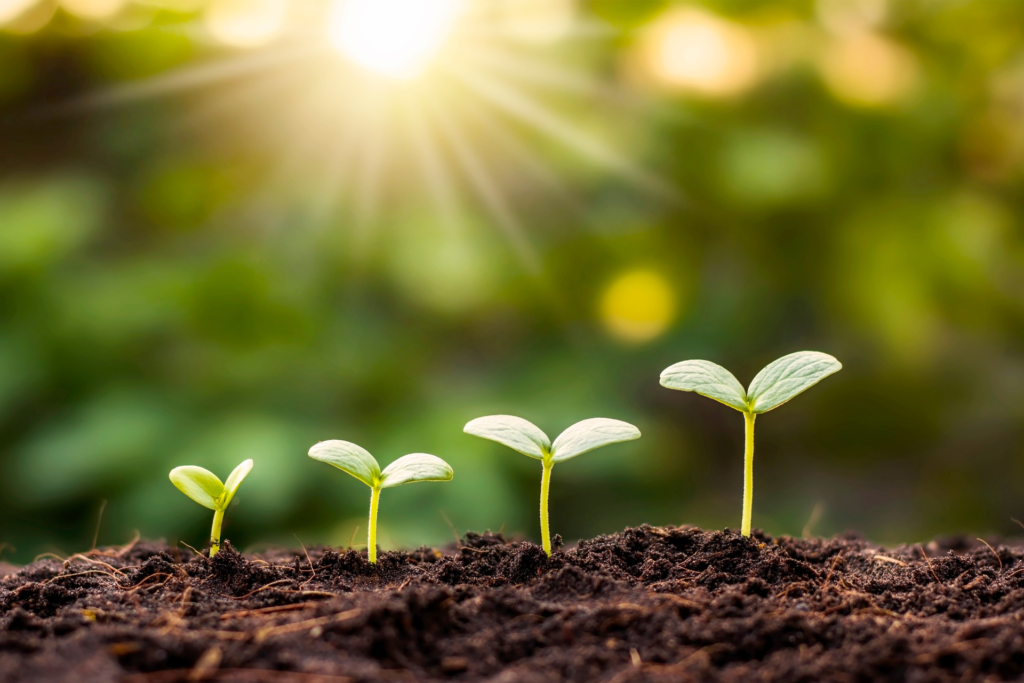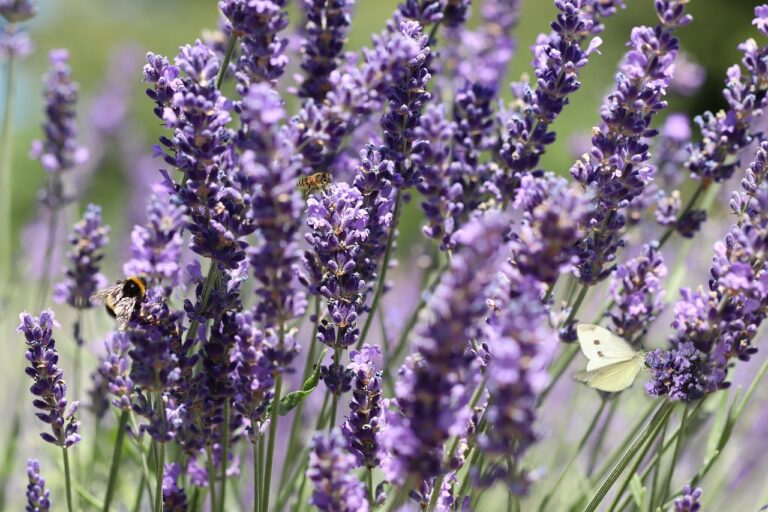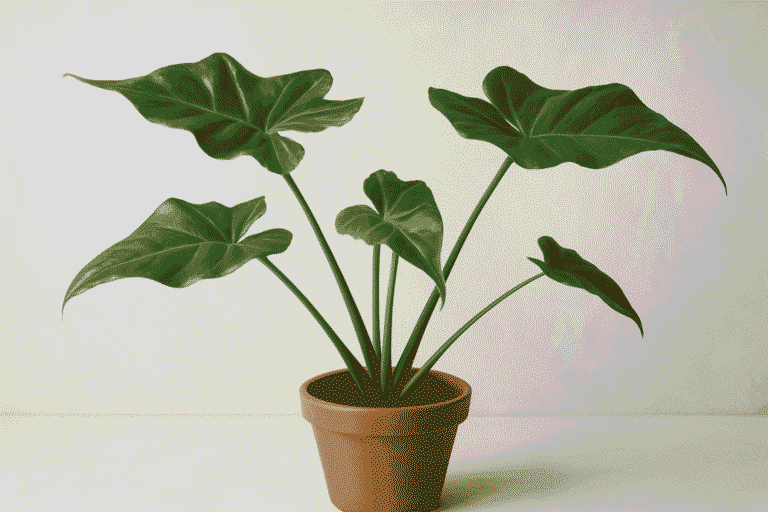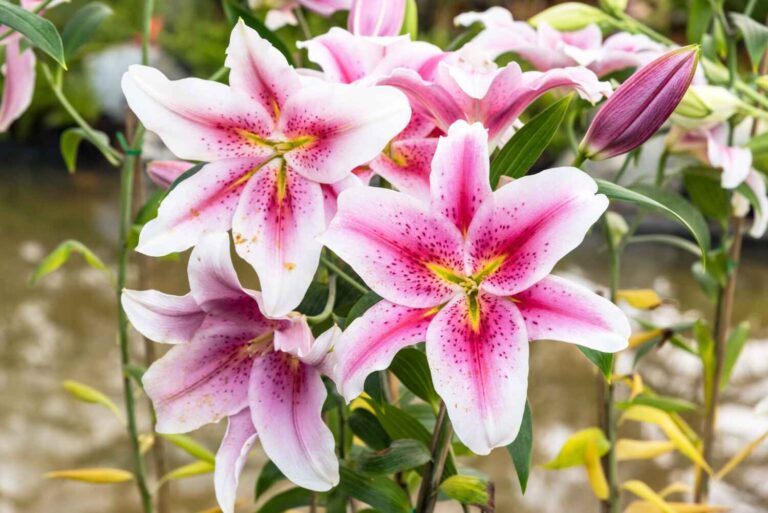Types of soil

Types of soil – When it comes to soil, not all types are created equal. One particular category that stands out for its stability and strength is Type A soil. But what exactly is it, and why is it important? If you’ve ever been curious about soil types and their impact on gardening, construction, or landscaping, you’re in the right place.
Type A soil is classified as one of the most cohesive and compact types of soil. It is made up of clay, silty clay, or sandy clay, and has a high level of compressive strength. This makes it less prone to erosion and capable of holding its shape under pressure. Because of its properties, Type A soil is often used in excavation and construction projects, where strong, stable soil is essential.
For gardeners and plant enthusiasts, understanding the properties of Type A soil can help determine its suitability for planting. While its dense structure is excellent for some plants, others may struggle to grow without proper amendments.
In this blog, we’ll explore everything you need to know about Type A soil—its characteristics, uses, benefits, and tips for working with it. Let’s dive in and uncover the secrets of this fascinating soil type!
what are the different types of soil?
Soil is one of the most essential natural resources on Earth, and it comes in various types, each with unique characteristics. Whether you’re into gardening, farming, or construction, understanding the different types of soil can help you make the most of its potential.
When it comes to classification, soils are generally divided into three main categories based on texture and composition: clay, silt, and sand. However, they are further grouped into four types: Type A soil, Type B soil, Type C soil, and loam soil.

Type A soil is the most stable and cohesive among the different soil types. It contains high amounts of clay, which gives it a dense, compact structure. This type of soil is often used in construction because it resists collapsing and holds its shape well under pressure. However, it’s not ideal for all plants due to its limited water drainage.
Type B soil, on the other hand, is a mix of clay, silt, and sand. It’s less cohesive than Type A but still provides moderate strength. Type C soil is the least stable, made up of loose particles like gravel or sandy soils, which are more prone to erosion. Lastly, loam soil is considered the most versatile for gardening as it balances clay, silt, and sand, offering good drainage and fertility.
By understanding what are the different types of soil, you can choose the right one for your specific needs—whether for growing plants, landscaping, or building structures. Knowing these differences is key to unlocking the full potential of the soil beneath your feet!
what type of soil is monstera found in?

- Monstera is a plant known for its amazing, split-leaf appearance, and people who are in love with plants admire this type of plant due to its ornamental value and minimalistic care. But in order to help your Monstera thrive, it requires the right soil type. Monstera is naturally grown in the rainforests of Central and South America, where it gets nutrient-rich and well-draining soil.
- The ideal type of soil for Monstera should closely mimic its natural environment. A mix that is loose, airy, and rich in organic matter works best. Usually, a combination of peat moss, perlite, and potting soil is recommended. Peat moss helps retain moisture while perlite improves drainage, preventing the roots from becoming waterlogged.
- Monstera plants can’t tolerate too much watering. Good drainage is critical, and the plant favors soil that retains moisture well but doesn’t remain wet for long periods, thereby avoiding root rot due to too much water. Mix in orchid bark or coco coir for more air exchange; it is one of the ideal soils for Monstera’s thin roots.
- In their natural habitat, Monstera plants thrive in slightly acidic to neutral soil, with a pH ranging from 5.5 to 7. This range supports healthy growth and allows the plant to absorb nutrients effectively.
- Always select a soil blend labeled as “well-draining” or “suitable for aroids” when repotting your Monstera, so it receives the right conditions. With the right type of soil, your Monstera will thrive and keep its lush green leaves healthy and vibrant for years to come!
Home Depot Soil
When it comes to finding the right soil for your gardening or landscaping projects, Home Depot soil offers a wide variety of options to suit every need. Whether you’re growing vegetables, planting flowers, or maintaining a lush lawn, Home Depot provides high-quality soil products to help your plants thrive.
One of the biggest advantages of Home Depot soil is the variety available. You can find topsoil, potting soil, garden soil, and specialty mixes designed for specific plants like succulents or roses. For those working on large outdoor projects, Home Depot also carries bulk soil, which can be delivered straight to your home, saving you time and effort.

- Each type of Home Depot soil is formulated to provide essential nutrients, improve drainage, and promote healthy root growth. For example, their potting mixes often include ingredients like peat moss, perlite, and compost to ensure your indoor plants get the perfect balance of moisture and aeration. For outdoor gardening, Home Depot’s garden soils are enriched with organic matter to enhance fertility and support long-term plant health.
- In addition to traditional soil products, Home Depot also offers eco-friendly options like organic soil blends that are free from synthetic chemicals, making them ideal for organic gardening.
- Shopping for Home Depot soil is simple and convenient, with helpful product descriptions and reviews to guide your choice. No matter the size of your gardening project, Home Depot’s wide range of soil products ensures you’ll find exactly what you need to achieve thriving plants and beautiful landscapes.
Can Soil Hold Its Own Shape?

- Soil is a natural resource that must be able to hold its own shape; it depends on the type and composition of the soil. Some types of soil are cohesive and will retain their structure, whereas others crumble easily when under pressure. Knowing how soil behaves is important for gardening, construction, and farming.
- The ability of soil to hold its own shape plays a key role in determining its uses. Whether you’re planting a garden or planning a construction project, understanding soil behavior helps ensure success.
Type A, Type B, and Type C Soils Named
When discussing the type of soil, it is important to understand the classification of Type A, Type B, and Type C soils, especially in construction and landscaping. These categories are defined based on the cohesiveness, stability, and composition of the soil, which determine how they can be used safely and effectively.
Type A Soil

Type A soil is the most cohesive and stable of all soil types. Primarily composed of clay, silty clay, or sandy clay, it has high compressive strength. This soil can hold its shape well under pressure, and it is good for trenching and excavation construction. However, because of the compact structure, it does not favor plant growth without proper amendments to improve aeration and drainage.
Type B Soil

Type B soil is less cohesive compared to Type A but it can still be moderately stable. The classification includes a mix of both silt, sand, and clay. This soil mainly appears in backfills and moderately compacted regions. Though not as robust like Type A soil, its medium stability makes it have more flexibility for the gardens and construction projects requiring slight stability.
Type C Soil

Type C soil has the least coherence and is susceptible to collapse. It includes loose particles, which could be of sand, gravel, or loamy sand; hence it cannot support heavy loads as it is not very stable. Still, its structure makes it well-draining, which helps plants growing in dry conditions.
These classifications help understand the suitability of soil for construction, gardening, or landscaping. Its different types possess various distinct properties, serving a particular reason for any construction or a project.
Soil of Ster: What Makes It Unique?

- The soil of Ster is different in its composition and can be used for a variety of purposes, from agricultural lands to landscaping. Famous for its properties, it drew much attention due to supporting growth and versatility in different environments.
- The soil of Ster is usually loamy in texture due to its well-balanced combination of clay, silt, and sand. It ensures that the ground gets sufficient moisture and nutrients but will still drain adequately. It has a great structure for spreading roots, hence being excellent for farming and gardening purposes as well.
- Fertility is one of the most significant features of the soil of Ster. It is full of organic matter and all the necessary nutrients that can provide an ideal growing medium for crops, fruits, and flowers. Compared to less fertile soils, farmers and gardeners often report better yields and healthier plants when working with this soil.
- Apart from being used in agriculture, the soil of Ster is also valued for its strength and stability, which qualifies it as a good soil for landscaping and construction purposes. It can hold a shape under moderate pressure.
- If you’re planning to use the soil of Ster, regular testing and the addition of organic compost can enhance its natural fertility and structure. This ensures that the soil remains productive for years to come, offering an excellent foundation for any gardening or farming endeavor.
Conclusion
This understanding of the types of soil being worked with is important to the success of gardening, farming, landscaping, or construction. Soil is not dirt; it is a complex, living system that comes in many different textures, compositions, and characteristics. Clay-rich, cohesive soils to loose and sandy ones, each type of soil has its own unique properties that determine its uses and limitations.
For example, type A soil is quite coherent and stable; thus it is preferred for constructions, while a loose, sandy one, as in type C soil, is a very excellent drainage but does not present the required stability in order to stand heavy loads, and the loamy, which combines a bit of sand, silt, and clay, are apt for gardening due to combining fertility,
Choosing the right type of soil depends on your project’s specific needs. Whether you’re planting a lush garden, laying a strong foundation, or improving existing soil conditions, understanding its composition is the first step. Simple actions, like adding compost or testing soil pH, can transform your soil into a more productive medium for growth and stability. drainage, and aeration.
Frequently Asked Questions
Sandy, Clayey, Silty, Peaty, Chalky, Loamy.
Yes, soil can hold its shape depending on its type. Clay and loamy soils typically hold their shape well due to higher cohesion, while sandy or silty soils crumble more easily.
Monstera grows best in well-draining, nutrient-rich soil with peat and perlite.
Type A soil is the most stable, including cohesive soils like clay, silty clay, and sandy clay, with high compressive strength.
Monstera soil is unique for its balance of moisture retention and drainage, mimicking tropical conditions.
Type A, Type B, and Type C soils are classifications under OSHA standards:
- Type A soil: Most stable (e.g., clay, silty clay).
- Type B soil: Medium stability (e.g., silt, sandy loam).
- Type C soil: Least stable (e.g., gravel, sand).
Table of Contents
- Types of soil
- what are the different types of soil?
- what type of soil is monstera found in?
- Home Depot Soil
- Can Soil Hold Its Own Shape?
- Type A, Type B, and Type C Soils Named
- Type A Soil
- Type B Soil
- Type C Soil
- Soil of Ster: What Makes It Unique?
- Conclusion
- Mona Lavender Plant: Complete Growing Guide for Beginners
- Alocasia Stingray Plant Guide: Tips for Healthy Growth
- Pink Lilly Flower: Growing and Caring for Pink Lillies



